Basin Entities
A core element to successfully achieving program objectives is continuous coordination and cooperation with a variety of agencies involved in regional water quality matters. The following is a list of basin entities that work cooperatively with H-GAC on existing environmental committees and programs:
The City of Houston Health Department (HHD) is not only a local CRP monitoring partner, HHD also receives and responds to complaints from the citizens of Houston through the service Helpline “311” to investigate water quality concerns. In addition to enforcing HHD’s Code of Ordinances for threats to Municipal Separate Storm Sewer Systems (MS4) and public nuisances, they work in coordination with the City of Houston Public Works and Engineering Department to help identify sources of elevated bacteria and in many cases identify opportunities for correction. HHD’s public involvement and outreach efforts include a host of public presentations, site coordination with Galveston Bay Estuary Program for Trash Bash at Brays Bayou, and participation in the City of Houston’s annual Earth Day celebration.

Through coordination of local research and protection efforts, TCEQ’s Galveston Bay Estuary Program (GBEP) serves as a central focus for developing, prioritizing, and funding solutions to improve water quality in the Galveston Bay Watershed. GBEP maintains the Galveston Bay Plan, a Comprehensive Conservation and Management Plan for the water bodies and estuary of Galveston Bay. Funding for a variety of local water quality projects is guided by feedback from GBEP’s various stakeholder workgroups.
H-GAC has partnered with GBEP on the development and partial funding of watershed protection plans for Bastrop Bayou and Cedar Bayou, and to support River, Lakes, Bays ‘N Bayous Trash Bash® and other regional efforts. GBEP staff members provide guidance and serve as stakeholders and technical advisors for these projects.
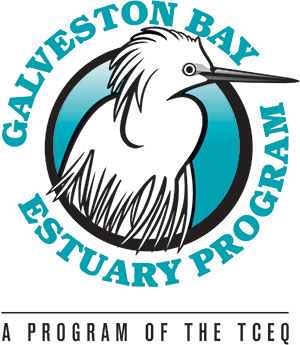
The Texas State Soil and Water Conservation Board (TSSWCB) is the state agency that administers Texas’s soil and water conservation laws and coordinates conservation and nonpoint source pollution abatement programs throughout the state. TSSWCB offers technical assistance to the state’s 216 soil and water conservation districts.
TSSWCB is a significant funding partner with H-GAC on projects such as the Cedar Bayou Watershed Protection Plan (WPP), which began in 2010. One of the primary services provided by the TSSWCB is support for development of water quality management plans (WQMPs) with local landowners and agricultural producers. WQMPs improve water quality by providing landowners with financial and technical incentives to use voluntary best management practices. TSSWCB staff members provide guidance and serve as stakeholders and technical advisors for many H-GAC projects and programs.
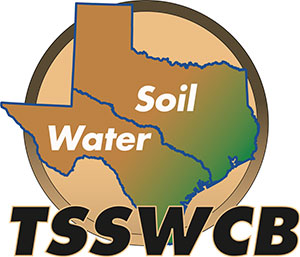
The Texas A&M AgriLife Extension Service (AgriLife) provides a diverse array of educational programs, activities, and resources to the citizens of Texas. One such program, the Texas Watershed Steward Program, provides science-based, watershed education to help citizens and stakeholders identify and take action to address local water quality impairments. Participants learn about the nature and function of watersheds, potential causes of water quality impairments, the steps required to develop a watershed protection plan (WPP), and various strategies they can recommend to protect or restore water quality in their area.
AgriLife partners with H-GAC and other organizations to support the development of , WPPs for the San Bernard River, Bastrop Bayou, and several other water bodies in the H-GAC region.
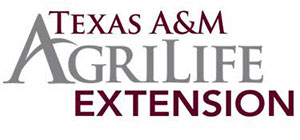
The Galveston Bay Foundation (GBF) is a nonprofit organization established in 1987. It is managed by a Board of Directors whose members represent sport and commercial fishing groups, government agencies, recreational users, environmental groups, and shipping, development, and business interests. GBF’s mission is to preserve, protect, and enhance the natural resources of the Galveston Bay estuarine system through advocacy, conservation, education, and research programs. H-GAC has partnered with GBF on water quality outreach programs like Rain Barrel Workshops and Cease the Grease. Representatives from GBF are also participating members of the CRP Basin Steering Committee.
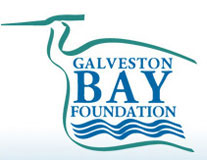
The San Jacinto River Authority (SJRA) is a government agency that develops and manages water resources for the San Jacinto River watershed outside of Harris County. Its focus is on long-term regional projects related to water supply and wastewater treatment, including participation in the Region H Water Planning Group. In addition to their water supply role, SJRA is an active CRP partner. SJRA also works to protect source water and completed a WPP for Lake Conroe. Additionally, SJRA is now responsible for the operation of a new water treatment plant that provides drinking water to several utility districts in Montgomery County.
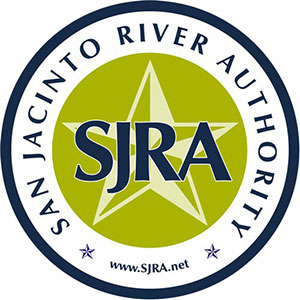
The Houston Advanced Research Center (HARC) is a 501(c)(3) organization that supports independent research and analysis of energy, air, and water issues. Their mission is to supply information that will help build a sustainable future that balances economic development with the conservation of natural resources. HARC utilizes data collected through CRP efforts for various water quality reports in the region including development of the Galveston Bay Report Card and the Double Bayou WPP (funded by the TSSWCB).

Texas Coastal Partners is a nonprofit organization whose mission is to promote the preservation of the Texas coast using an educational and community-based approach. Representatives from Texas Coastal Partners currently serve on committees and workgroups affiliated with CRP.

The Harris County Flood Control District (HCFCD) was created by the Texas Legislature in 1937 in response to the 1929 and 1935 floods that devastated the region. Their ultimate mission is to provide effective flood damage reduction projects in Harris County that also correspond to community and natural values. To accomplish this mission, the HCFCD devises flood damage reduction plans, implements the plans, and manages the long-term maintenance of infrastructure. Representatives from HCFCD serve as members of the CRP Basin Steering Committee and have also provided input and feedback to H-GAC’s CRP staff on the development of other water quality projects in the region.
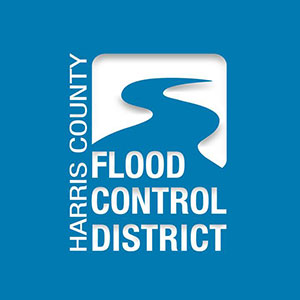
The Bayou Preservation Association is a nonprofit organization that advocates responsible management of Houston-area bayous through collaborative projects and educational efforts that promote public awareness and environmental stewardship. One such project includes the bacteria source tracking project where student interns perform targeted bacteria sampling in order to identify potential sources of fecal contamination. Additionally, representatives from the Bayou Preservation Association also serve as participating members and stakeholders for several committees and workgroups involved in regional water quality projects, including the CRP Basin Steering Committee.

The following is a list of program committees and advisory boards in the region where H-GAC staff involved in CRP serve as members.
- Galveston Bay Council and Subcommittees
- North Houston Association Environmental Committee
- Galveston Bay Foundation (GBF) Cease the Grease
- Gulf-Houston Regional Conservation Plan
- Regional Watershed Coordinator Steering Committee (RWCSC)
- GBF Boater Waste Education - Pump Don’t Dump
- Bayou Preservation Association Advisory Board
- HCFCD Citizens Advisory Committee
- EIH Advisory Board
Area residents play a key oversight role throughout the Clean Rivers process through their review of assessment results and through attendance and input at committee meetings and other Clean Rivers events.
H-GAC's local government entity members and other interested individuals and organizations receive updates on CRP progress through newsletters, staff presentations, and distribution of basin assessment report summaries and other program materials across the region.